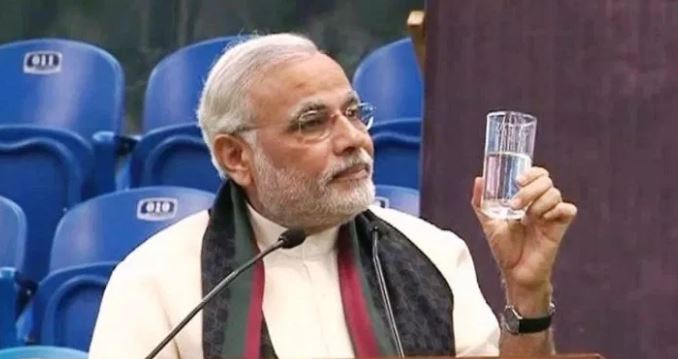

The BJP manifesto had it. ‘Nal se Jal’, or piped water to every household by 2024. And within a week of swearing in the council of ministers for his second term, Prime Minister Narendra Modi has duly set the ball rolling on possibly BJP’s biggest and most ambitious promise ever. The potentially transformative target has a new ministry- Jal Shakti, to work for it. There is a reason this new mission has not quite set pulses racing yet. That is simply because the target looks impossible. Impossible is not a word one uses lightly nowadays, so its safe to write that this mission, if it is to be successful, will have a profound impact on multiple fronts related to water, and eventually, the environment.
Electricity for all, while ambitious no doubt, had the benefit of an existing base to build on and solid, established government forms like the Power Grid Corporation, the drop in renewable power costs to aid it, with the government doing a fantastic job of connecting up the last lot of left outs and difficult to reach areas. With Jal Shakti, the government faces a challenge on many fronts. It was after the 2011 census that India entered the league of water deficient nations. The water deficient tag is applied for countries where availability falls below 1700 cubic meters per person. India’s per capita water availability fell by 15% between 2000-10 to 1545 cubic meters per person, a figure that has slipped to under 1400 cubic metres this year. Fixing this continuous drop, while improving availability, is a task indeed. When you consider that water demand is expected to double by 2030, on existing supply, you realise just what the scale of the problem is. We list down the key challenges.
The initial signs have been good, if only for intent. A spanking new Jal Shakti ministry has been created by reorganising the Ministry of Water Resources, River Development and Ganga Rejuvenation, which the efficient Mr Nitin Gadkari headed in the previous term of the government. The Ministry of Drinking Water and Sanitation has also been merged with Jal Shakti. All headed by an experienced politician, Gajendra Singh Shekhawat, himself a Rajasthan politician with a strong record.
Will he be equal to the task of taking up the many challenges of water in India. As the many dates predicting a crisis indicate, he doesn’t really have a choice. And for the rest, keep watching this space!
1. The mandate for blending Compressed Biogas (CBG) with natural gas has come into effect…
Andhra Pradesh is striving towards greening its energy sector with quite some speed. In a…
With an objective to bolster India’s green energy goals, a Tripartite Agreement has been signed…
The Union MNRE Minister Pralhad Joshi launched the Green Hydrogen Certification Scheme of India (GHCI)…
India’s energy conglomerate Bharat Petroleum Corporation Limited (BPCL) has commissioned a 5MW green hydrogen plant…
In a historical development, the European Space Agency (ESA) has successfully launched its pioneering ‘Biomass’…